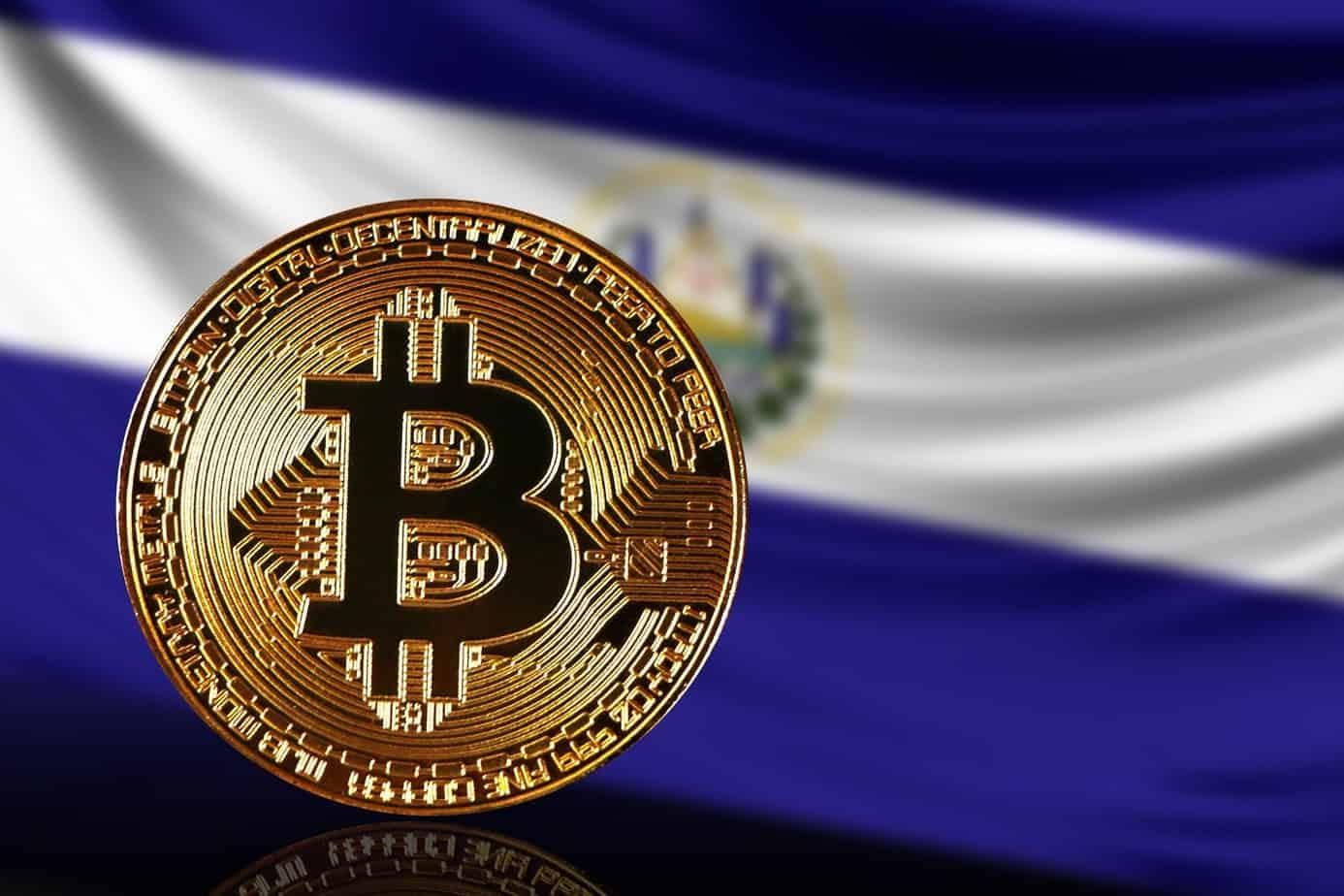2018-10-24 00:54 |
The stablecoin market was once relatively simple. Very few substantial coins existed, and exchanges almost exclusively relied upon USDT (Tether) as their go-to pegged token to facilitate trade. But in 2018, there has been a proverbial explosion of interest in the creation of new coins pegged to something stable in value. Part of this increased competition is clearly linked to the falling public trust in Tether, whose price has fallen significantly, actually dipping a couple cents below the price of the USD to which it is supposedly pegged.
Once Tether, the insurmountable leader and dynamo of the industry, had been exposed in a precarious position, this opened the floodgates for startup companies who had been working on expanding public interest in their own stablecoins, all of which are pegged to different real-world entities for maximum stability and liquidity. Assets to which these coins are linked include the United States Dollar, Gold, or even the price of diamonds.
Stablecoins fill a very important need in the crypto trade markets. While traditional crypto assets can fluctuate wildly based on a number of factors, a stablecoin is supposed to be perpetually tied to another real-world asset, which—in theory—should never fluctuate wildly. As a result, this is one way that crypto traders can avoid losing money when they have yet to choose which currency they might want to invest in. But much like the overall crypto industry, stablecoins must first jump the hurdle of conveying their trustworthiness to investors before they can truly present themselves as a stablecoin.
The Psychology Of The StablecoinInterestingly enough, experts say that the success of a stablecoin is more reliant on the psychology of the market than it is on the science or economics backing the coin itself. For Tether, the question is not just whether or not they actually have the funds that executives on their team claim that they have access to. Instead, the company needs to be sure that the market will believe that the funds will prevent degrading community confidence from tanking the value and stability of the coin.
USDT fell to its all-time-low of just 92 cents per coin last week immediately following a crash on Wall Street. A combination of bearish announcements and dangerous comments from anti-USDT advocates contributed to prices which continue to plateau and fall. This is problematic for the currency, especially since it, in theory, should be pegged indefinitely to the price of the United States Dollar.
To avoid losing their position even further, stablecoins like Tether must successfully demonstrate to their communities and the overall market that they are able to withstand rumors and outside attacks and still maintain a price of one dollar per coin, remaining perpetually pegged to the USD.
Trust In The Stablecoin MarketsAccording to Coindesk analysts, the solution to the “Stress Tests” happening in the current volatile market for stablecoins involves a “multifaceted approach.” These facets of the approach include direct technical information tactics such as releasing information on the relationship between the fiat bank and the company, allowing security audits from third parties, and releasing information on the code underscoring the network.
Additionally, stablecoins looking to take up where Tether left off must find some way to make themselves appear unique and distinct from the failing coin. To play off the psychology of the markets, stablecoins must foster a deeper sense of trust between investors and market participants.
origin »Dragon Coins (DRG) на Currencies.ru
|
|










